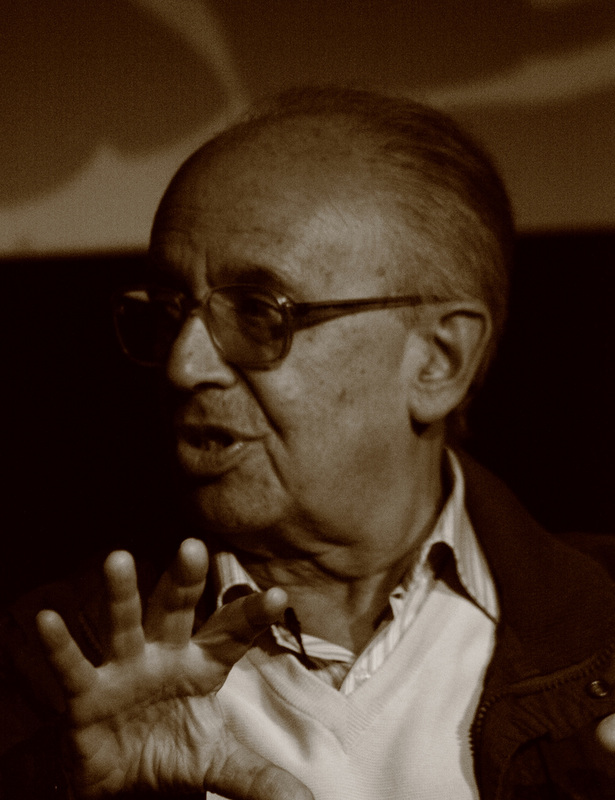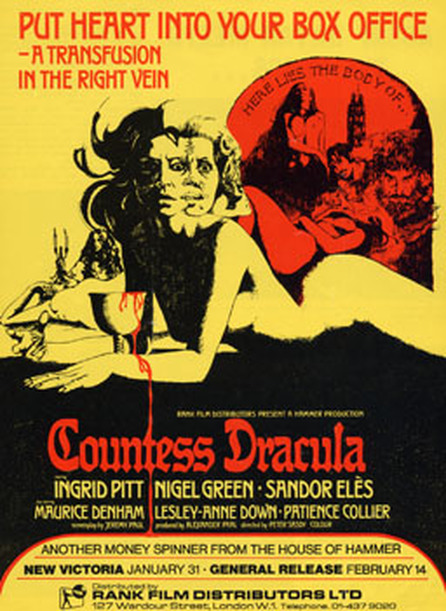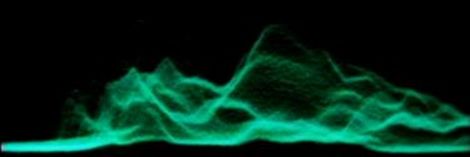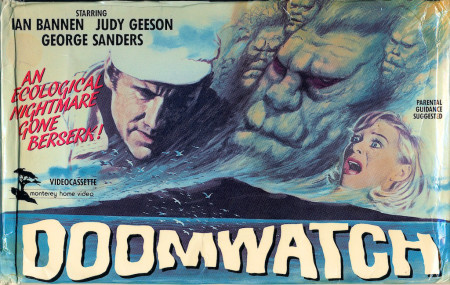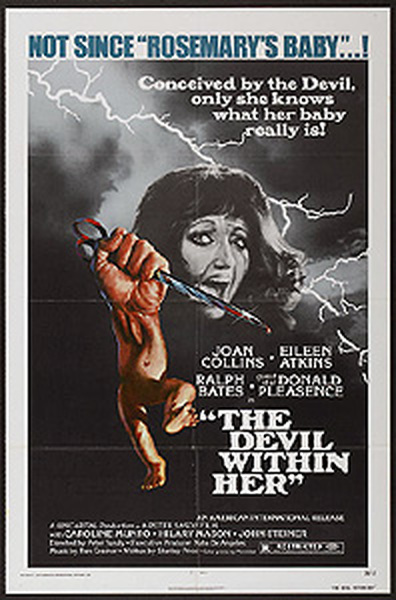Peter George Sasdy was born in Budapest on the the 27th May 1935. Although he survived the war and the devastation of Budapest, he was forced to leave Hungary after the failure of the 1956 uprising. Arriving in England, he studied drama and journalism at Bristol University before joining ATV in 1958. His first task there was directing numerous episodes of Emergency Ward 10 (1959-60.) He was promoted to director of drama at ATV, before going freelance in 1964. His work included a range of series and standalone plays, ranging from police dramas such as Ghost Squad (1963-64), Isaac Asimov’s Caves of Steel (1964, his first collaboration with Peter Cushing) to two Brontë adaptations, Wuthering Heights (1967) and the four-episode series The Tenant of Wildfell Hall (1968-69) starring Janet Munro as Helen Graham.
He also directed no less than three productions of Sherlock Holmes, beginning with an ITV episode in 1965 that starred Peter Cushing as the detective. This was later followed by the Polish-British co-production Sherlock Holmes (1979) starring Geoffrey Whitehead, and finally Sherlock Holmes and the Leading Lady (TV movie 1991) starring Christopher Lee.
He came to know the two great masters of British horror very well after being taken on by Hammer studios, with whom he made his feature film debut in 1969. Taste the Blood of Dracula (1970), was the fifth Hammer film about the Transylvanian count and the fourth to feature Christopher Lee, although Dracula himself has very little screen time. In compensation for some awful dialogue the production values are relatively high, with lavish 19th century sets, shadowy Gothic lighting and some brilliant camera work.
The Stone Tape is probably Sasdy’s finest work and . Shown on BBC2 on Christmas Day 1972 as part of the BBC’s tradition of broadcasting ghost stories at Christmas, Nigel Kneale’s script was unusual in fusing traditional elements – a Victorian mansion haunted by ghostly screams and apparitions – with modern technology. The story focuses on a crew of electrical researchers who have moved into the old house of Taskerlands to concentrate on their new project: to devise an alternative recording medium to magnetic tape, so as to outgain their industrial rivals in Japan. Although the researchers – especially Jill (Jane Asher) – both see and hear apparitions in the house, their sophisticated equipment is unable to record any trace of these – inspiring the team leader Peter Brock (Michael Bryant) to propose a theory: that the supernatural occurrences are actually phenomena that have been recorded by the room itself, and are being replayed through the senses of those present. Does this ‘stone tape’ provide a solution to their technical quest?
The originality of these themes, and the subtle, intelligent way in which they are handled are startling, and it remains a deeply unsettling film even today despite its dated acting style (it comes across as a filmed play, complete with some overtly theatrical performances) and limited effects. The chills come from the sound design rather than the visual effects, as Brock’s team cranks up the noise in order to increase their chances of recording a response from the room’s ‘presence.’
starring Robert Powell, John Paul and Simon Oates that had been inspired by Nigel Kneale’s Quatermass. Again, it was well ahead of its time, tackling the issue of environmental pollution and government cover-ups, albeit with a creepy atmosphere and marketing campaign that would have been more appropriate for a Hammer horrors than for the actual film itself.Both Paul and Oates reprised their roles, with Powell’s place taken by Scottish actor Ian Bannen, and George Sanders playing an admiral. It was filmed in Cornwall, around the area of Polkerris and Polperro.
Some of other Sasdy’s films don’t merit much attention, however, and amongst his worst is Sharon’s Baby (1975), which aimed at replicating the success of Rosemary’s Baby (Roman Polanski, 1968) but fails. Miserably. Attempts to repackage it as I Don’t Want to Be Born, It’s Growing Inside Her and The Monster did not succeed any better. Sasdy even managed to pick up a Razzle Award for Worst Director after The Lonely Lady (1983), an adaptation of Harold Robbins’ best-selling novel that starred multiple Razzle Award winning ‘actress’ Pia Zadora. Of much greater interest was Welcome to Blood City (1977), a science-fiction film that explores the idea of virtual reality over twenty years before The Matrix.
Alongside his film output Sasdy continued doing working for television, including episodes of popular series such as The Return of the Saint (1978-79), Minder (1979) and The Secret Diary of Adrian Mole Aged 13¾ (1985-87.) His association with Hammer ensured he was kept on board when the studio broke onto the small screen with The Hammer House of Horror (three episodes, 1980) and The Hammer House of Mystery and Suspense (three episodes, 1984.) His last TV production was an Omnibus documentary on another Hungarian director, Alexander Korda, whom Sasdy has often cited as a major inspiration. The disproportionate contribution made by Sasdy’s countrymen to the visual arts has led some to wonder what it is about Hungary that has produced so many brilliant photographers and film directors. But as Korda himself once quipped, ‘It’s not enough to be Hungarian – you must have talent too.’
